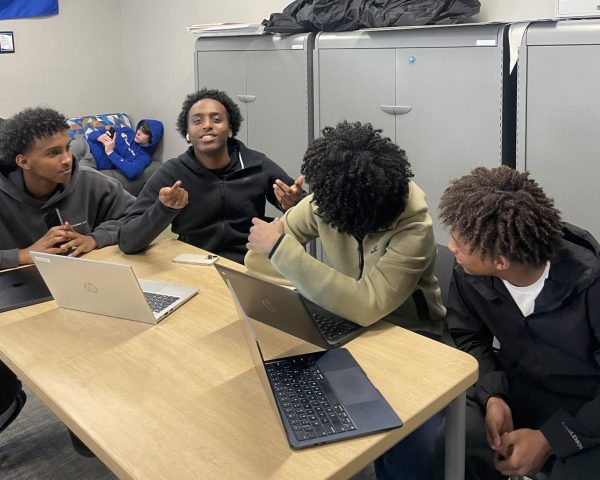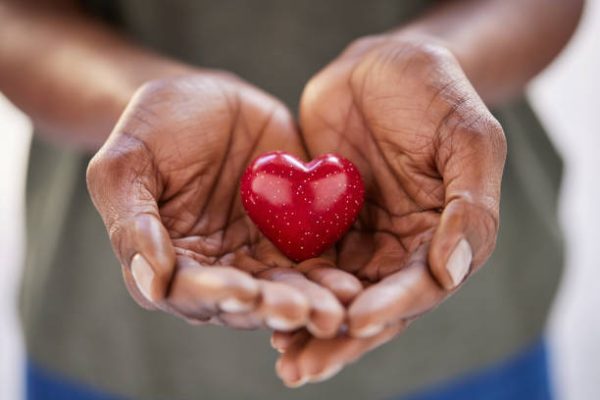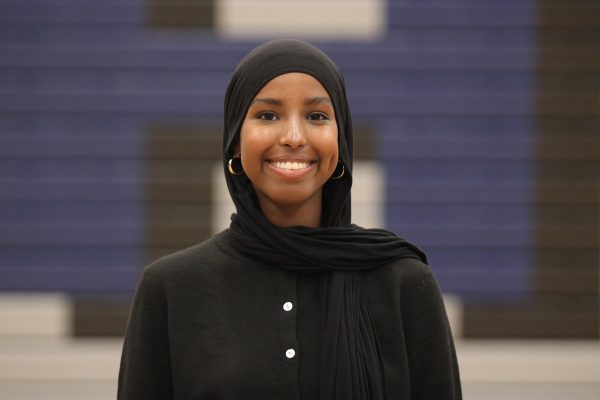As the seasons shift and the days grow longer, two of the world’s major religious observances, Ramadan and Lent are celebrated by students at Owatonna High School. While both holidays involve sacrifice and reflection, each holds distinct traditions, deeply rooted in the faiths of Islam and Christianity. For many students at OHS, these periods are more than just rituals. They are opportunities to connect with their faith, community, and personal values.
Ramadan: A Month of Fasting and Reflection

For Muslim students at OHS, Ramadan represents a sacred month of fasting, prayer, and reflection. During this time, Muslims refrain from eating or drinking from dawn until sunset. This fast, while physically demanding, is seen as a way to grow closer to Allah (God in Arabic) and a means of self-discipline. “I’m tired a lot during Ramadan, but that doesn’t stop me from doing my everyday things.” said Luqman Abdullahi, a junior at OHS.
The fast can be grueling, especially when the days are long. For many, the pre-dawn meal known as suhoor and the evening meal iftar, shared with family and friends, are the highlights of the day. For others, it’s the prayer and reading of the Quran that center them during this time of spiritual renewal. “I love spending time with my family at iftar. When we’re all done eating, my mother and I wash the dishes and talk to each other about everything.” said Nedda Mohamed, a senior at OHS.
While the observance is filled with solemnity and discipline, it is also a time of joy. At OHS, students who observe Ramadan often come together for prayers during the evening called taraweeh or share their experiences with close ones. “I go to taraweeh, usually everyone I know goes.” says Adhar Noor, a sophomore at OHS.
Lent: A Time of Sacrifice and Preparation
For Catholic students, the period leading up to Easter is marked by Lent, a season of fasting, prayer, and penance. Lent spans 40 days and symbolizes the 40 days that Jesus spent fasting in the wilderness. While not all students observe Lent in the same way, many choose to give up certain luxuries or habits as a way of deepening their faith and understanding. “Lent is a big part of my faith,” says Albert Silva, a junior at OHS. “It’s not just about giving up something. There’s meaning to it.”
For others, the sacrifice might be something like chocolate, sweets, or even specific activities that typically distract from the spiritual aspects of life. “I am giving up swearing and sugar.” said Silva. Yet, the essence of Lent is not just about giving up something, it’s about self-reflection and growth.

Photo courtesy of iStock. (Getty Images)
At OHS, Lent is often observed through special events, such as Ash Wednesday services and group discussions. Students often participate in service projects or engage in community outreach, as these acts of kindness are seen as an essential part of the Lenten journey. “Lent has been a special part of the Catholic community and my family,” says Katie Trenda, a senior at OHS. “We observe Lent through prayer, almsgiving, and fasting.”
The Shared Values of Ramadan and Lent
Although the practices of Ramadan and Lent are distinct, both share a common thread, a focus on self-discipline, reflection, and sacrifice. For students at OHS, these observances offer an opportunity to connect with their faith, challenge their limits, and grow as individuals.
As students at OHS navigate the challenges of these sacred times, they also find solace in the support of friends and peers. Whether through sharing meals at iftar or volunteering during Lent, the community bonds that are formed during these observances serve as a powerful reminder of the importance of faith, empathy, and reflection in the lives of young people.
Ramadan and Lent are more than just periods of fasting; they are times of spiritual growth, reflection, and connection with others. For students, these observances offer a chance to deepen their faith, build community, and reflect on their personal values.


